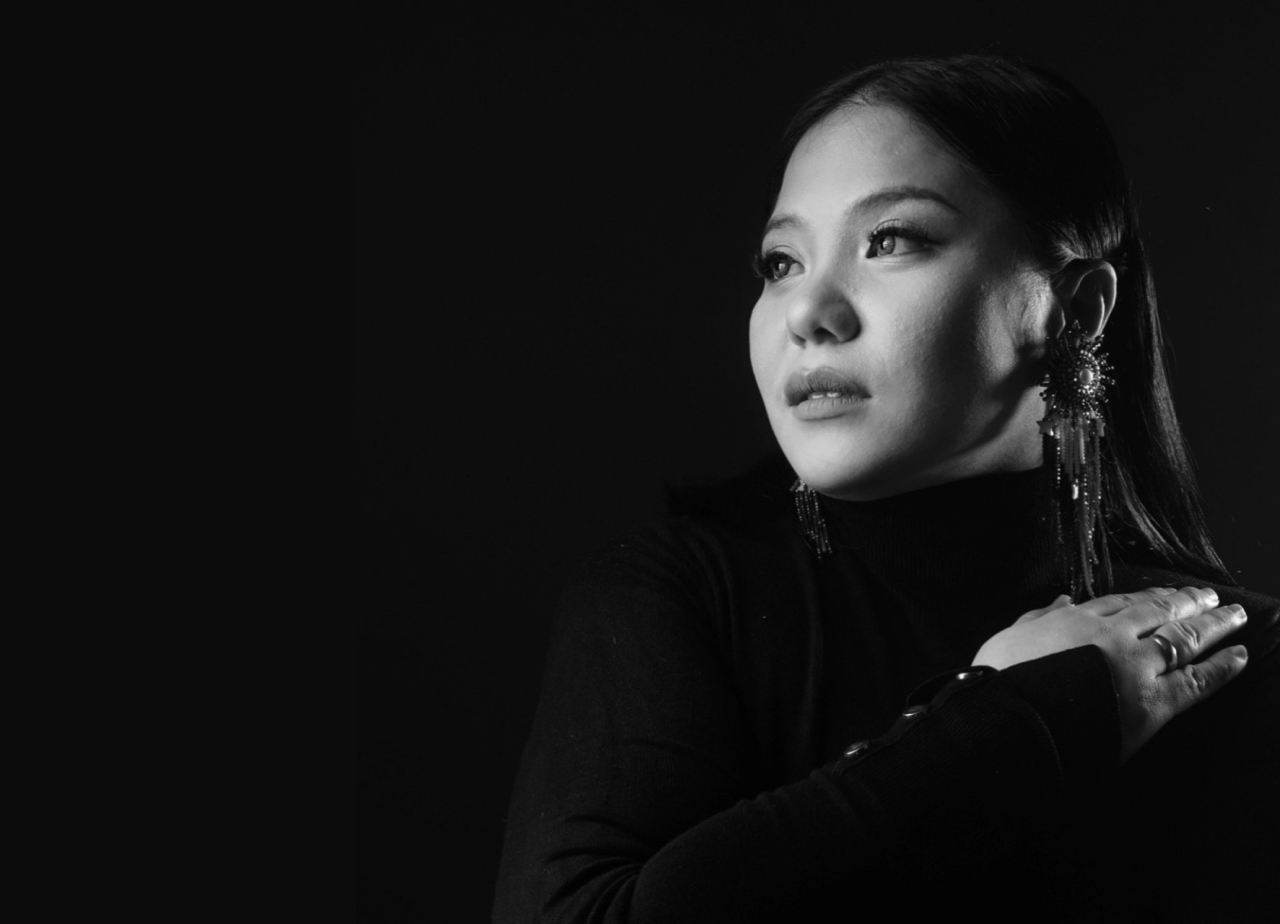
Do better than ‘Bare Minimum Mondays’: Restore your team’s zest for work
Getting back into a ‘work mindset,’ after a restorative weekend can sometimes take its time, but a recent trend takes the concept to another level. Calls for bare minimum Mondays popularised on social media have spawned articles that either sing praises or dismiss it as a new form of laziness, some even going so far as creating satires about the trending term.
For the most part, it’s been rank-and-file employees who have taken on the ‘bare minimum Mondays’ workplace trend, sometimes to the annoyance of their supervisor. One marketing manager in Australia established the habit of prioritising self-care at her workplace at the start of the week, so her team faces none of the pressures that come with switching to work.
While this comes from a good place, leaders need to get ahead of this trend because before they know it, people are calling for bare minimum Mondays with half-day Tuesdays, relaxed Wednesdays and walk-the-dog Thursdays, which directly counter flexible work sustainability.
To deal with a challenging deluge of projects, some leaders have turned to unitasking instead of multitasking, which is a more structured approach to tackling to-do lists.
Another alternative that created more balanced lives at a wider scale is a structured four-day workweek; proposed by the nonprofit advocacy group 4 Day Week Global, participants in the trial are expected to follow the model of 100 percent of the pay for 80 percent of the time, with a commitment to maintaining at least 100 percent productivity.
UK participants in the trial reaped the benefits of this model as per a EuroNews report, with 92 percent of the 61 companies (of more than 3,300 employees) deciding to keep the condensed workweek policy after the trial period. Belgium, Portugal, Scotland and Wales are other countries that are seeing the UK’s positive outcomes and implementing their own trials.
In condensed workweeks, the task load is compressed into fewer days but the benefits promised are the same, which helps prevent a culture of mediocrity any day of the week.
Given individual company’s policies, the flexibility of a job comes with the responsibility to contribute; when leaders create the right workplace environment where staff are valued and appreciated, while given opportunities to express themselves and contribute to a bigger picture, this dispels the need to ‘ease into,’ the week and deal with work-related anxiety.
What are ‘Bare Minimum Mondays’?
Popularised recently by US-based startup co-founder Marisa Jo Mayes on TikTok, bare minimum Mondays refers to doing administrative tasks and prioritising self-care to get through the day. This means not creating a massive to-do list and rushing to tick it off on a Monday.
Mayes found herself approaching her startup the same way as the corporate job which burnt her out, and says bare minimum Mondays keep her healthier and more productive overall.
The term comes after other related trending phrases around the way we work, such as quiet quitting. Staff only completing tasks within the job description was the previous trend which concerned managers and HR practitioners, so while it’s similar to bare minimum Mondays, quiet quitting has key characteristics that set it apart.
Quiet quitting, as per content creator Zaiad Khan, is the rejection of the hustle mentality and a reclaiming of work-life balance. As opposed to bare minimum Mondays, which supposedly only happen at the start of the week, quiet quitting can happen anytime that staff feel disengaged from work they need to be doing and feel they would rather dedicate themselves to living life.
Looking at it more closely, potential drivers of Bare Minimum Mondays can include:
- Toxic work culture - This can be discouraging for high-performing employees, especially if the work environment is overly competitive and cutthroat.
- Weak middle management - Line managers are the lynchpin of workplace culture. When they are unequipped to manage, this leads to the breakdown of trust and communication. As the saying goes, people leave managers, not companies.
- Lack of clarity of values and vision - Without clear goals, it can be difficult for employees to envision their career trajectory and future within the company.
- Wrong hiring - Employees that don’t have the same values or work ethic will definitely have a challenging time adjusting to your company culture.
- Uninspiring leadership - Employees must have a transformational leader at the helm, as this will inspire and motivate them to work hard and perform at their best.
Whether it’s through bare minimum Mondays or quiet quitting, such trends are not sustainable management routes; teams need to be engaged so they continue feeling alive at work.
What can leaders do to revive their team’s zest for work?
More often than not, leaders can nip ‘bare minimum Mondays,’ in the bud at their workplace by activating their team’s ‘seeking systems,’ which organisational behaviour professor Daniel M. Cable puts forth in his book entitled “Alive at Work.” When teams are encouraged to tap into their creativity and find new solutions to challenges, they’re more involved in their work.
1. Encourage experimentation in the workplace
Breaking up the monotony of repetitive tasks can be as simple as carving time out of the week or integrating time for discovery into the current ways of working.
Teams need to be able to test the boundaries of how things are usually done to see if they can arrive at better solutions. Many of the most memorable innovations come out of a senior leader saying play around, see what your interests are and where they take you, instead of a manager dictating what paths to follow and replicate in every similar or related situation.
Building a culture of experimentation can take the following forms, which Stefan Thomke outlined for the Harvard Business Review:
- Keep asking questions: Staying inquisitive, running tests and trying to understand how things work taps into your team’s innate curiosity.
- Validate with data: Highlighting the importance of following the data shows both staff and management the value of continuous improvement with experiments.
- Involve everyone: Opening discovery platforms to members of the team who might not be directly involved in this particular challenge shows staff and management that ideas are always welcome.
2. Play to your team’s strengths
Knowing what the team does best goes hand in hand with tapping into their potential for even better work.
People generally have some idea of their potential and tapping into that is a way to engage our ‘seeking systems,’ as humans. For example, Filipinos have some key traits that make them stand out in the workplace, and serve as a starting point for engaging their strengths:
- Warmth and friendliness: The culture of care and friendliness is deeply embedded into Filipino culture, making it easy for them to adapt to any workplace culture.
- Diligence: Hardworking Filipinos strive for excellence, putting in effort even after hours if this means they’re satisfied with the results.
- Resourcefulness: Instead of stopping short when faced with issues in the workplace, they find ways to resolve and adapt to problems as they arise.
- Resilience: Filipinos are one of the most resilient people in the world. In the face of adversity, they dust themselves up and help others out, which is called “Bayanihan” in the Philippines.
- Cheerful, pleasant outlook: Making work fun allows teams to be easy to get along with, and in turn more productive as a result.
It’s crucial to understand the team’s strengths so opportunities make sense for what they do best, and at the same time, everyone challenges themselves little by little based on what they know they can do.
3. Circle back to your purpose
Staff need to feel their work leads to a greater positive impact so they aren’t vulnerable to trends like bare minimum Mondays.
It’s crucial to increase the personal connection with the recipient of the work, so you’re able to highlight its purpose and energise people. If leaders start with humanity and reconnect staff members to the perspective that they're a person, are unique and have qualities that we need to know about, staff are able to see how they each add value to the team.
A strong company culture is critical for companies that want to scale. It must be grounded in your shared mission with your team, and it’s something that only emerges when every employee resonates with that culture.
With the gradual integration of AI in the ways we work, focusing on how we can create value within our teams ensures that an algorithm will be unable to replace our human perspective.
Regardless of what workplace trend comes up in the future, keeping teams involved in their work is key to keeping them healthy, happy and more productive as a whole.
‘Bare minimum Mondays,’ are a symptom of underlying disengagement, so leaders need to look beyond the buzzwords and see what will bring staff back to work. Contact us and we will help you create a culture that makes work fulfilling for your team every day of the week.
Jump straight to a key chapter
Spending Too
Much Time
Onboarding?
your remote hiring in the
Philippines, excellently.
Say Goodbye to High Costs!
Request Your Free Consultation Today andSave a Massive 70% on Your Workforce!

Ready to thrive in a remote-first work environment?


